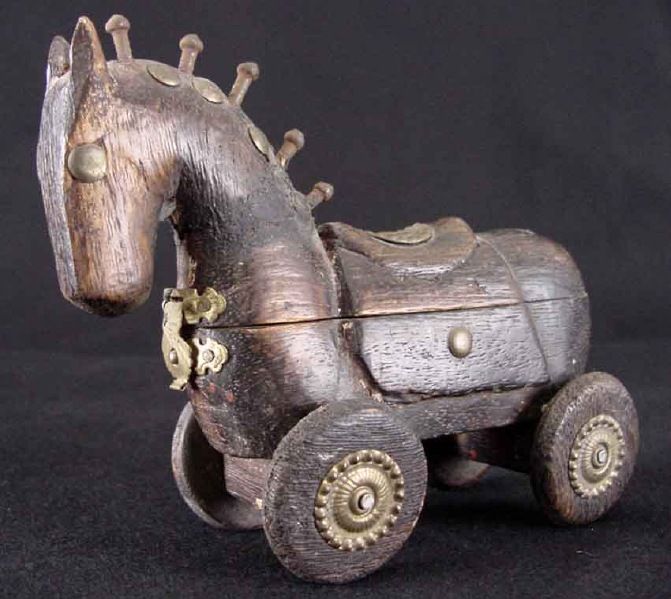 |
 |
|
INTRODUCTION TO INDIAN CIVILIZATION Middle East V2357, Fall 2008 Mon Wed 2:40-3:55; 702 Hamilton Prof. Frances Pritchett ~~~~~~~~~~~ COURSE DESCRIPTION: This course presupposes no background whatsoever; any undergraduate is welcome to enroll. There will be about 125 pages of reading per week, of varying kinds but not of extreme difficulty; primary sources will be used to the maximum extent possible. Grades will be based on: class attendance and discussion assignments (20%); two 6-7 page papers (20% each) using primary sources, with a choice from several topics; and a final exam including both identification and discussion questions, for which study helps will be provided (40%). The course
will
have an unusually
extensive website (located *here*),
which will be password-protected and accessible
through
Courseworks. Many shorter readings, as well as
maps and images, will be
available through that website. Below is a list of
*three
required books* that are available at
BookCulture. ONE ==
Mapping
"India" TWO ==
The Indus
Valley
Civilization THREE
== The
Vedic people FOUR ==
The
Upanishads and beyond FIVE ==
Buddhism
and Jainism
emerge SIX ==
Ashoka,
the Beloved-of-the-Gods SEVEN
== The
story of Rama EIGHT
== The
"Brahminical
synthesis" NINE ==
The
Bhagavad Gita TEN ==
Bhakti ELEVEN
== The
great medieval
temple complexes TWELVE
== The
advent of
Islam THIRTEEN
==
Mystical paths
and prophetic voices FOURTEEN
==
Akbar, the great
assimilator FIFTEEN
== The
Mughal Empire SIXTEEN
==
Aurangzeb and
the long slide downhill SEVENTEEN
== The
British
presence expands EIGHTEEN
== The
growth of
(Hindu) nationalism NINETEEN
== 1857
and beyond TWENTY
== In the
Muslim
community TWENTY-ONE
==
Gandhi's "big
tent" TWENTY-TWO
==
Dr. B. R.
Ambedkar TWENTY-THREE
==
The Independence
movement TWENTY-FOUR
==
Aftermath TWENTY-FIVE
==
"The Lawless
Frontier" TWENTY-SIX
==
Nowadays... ~~~~~~~~~~~ == Ainslie T. Embree, ed. Sources of Indian Tradition, Volume One: From the Beginning to 1800. Second Edition. New York: Columbia University Press, 1988. |
| -- back to FWP's main page -- |